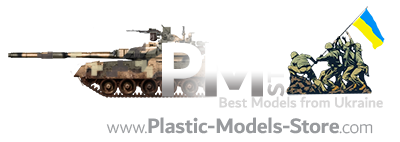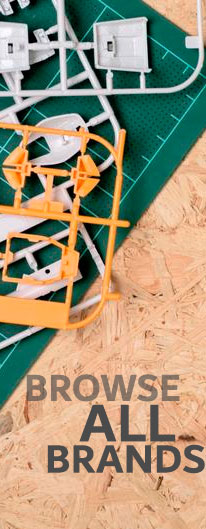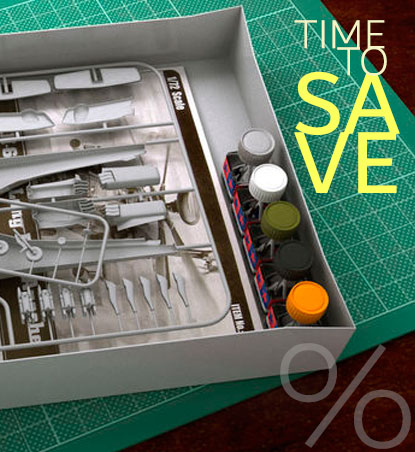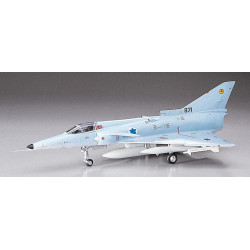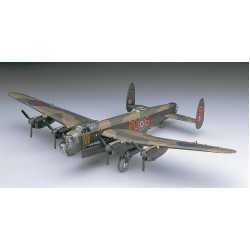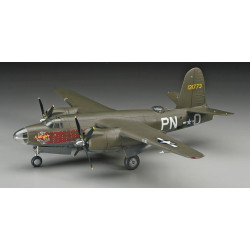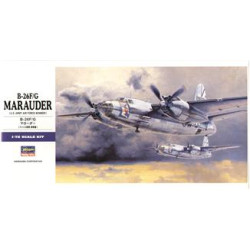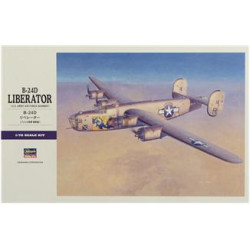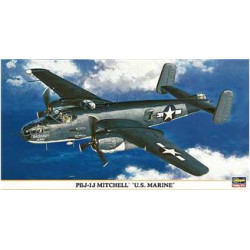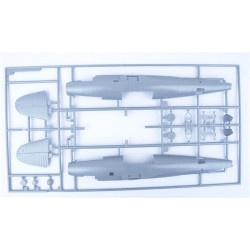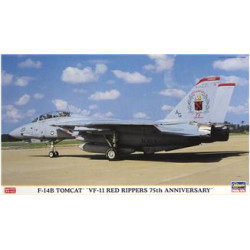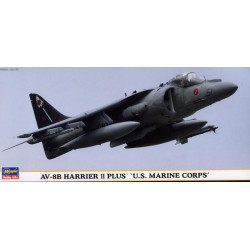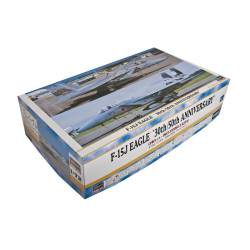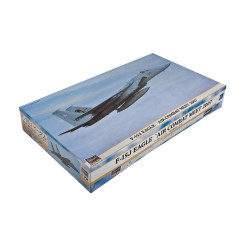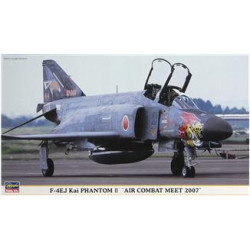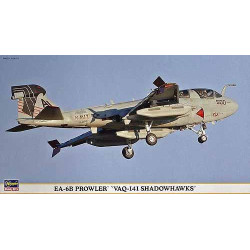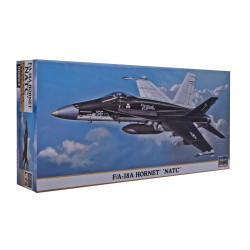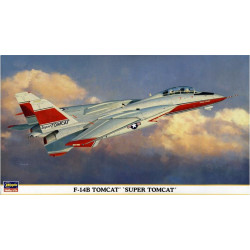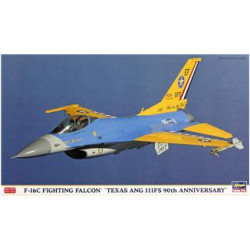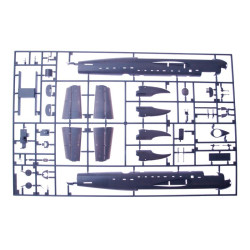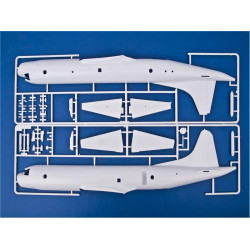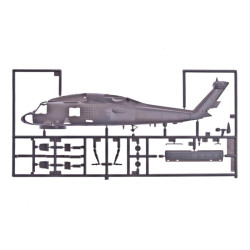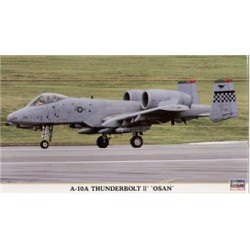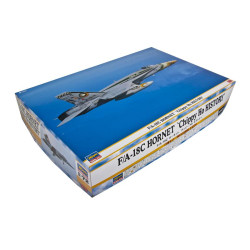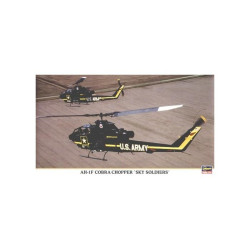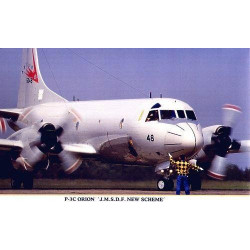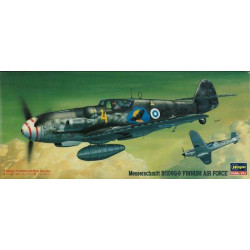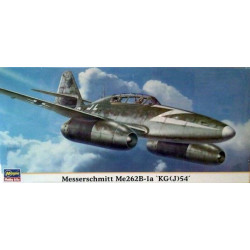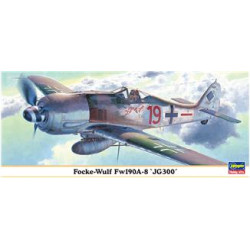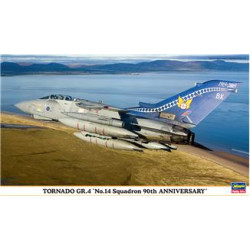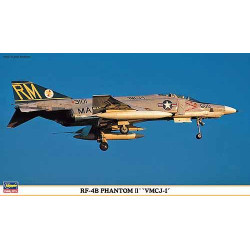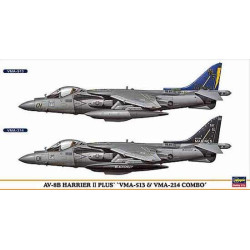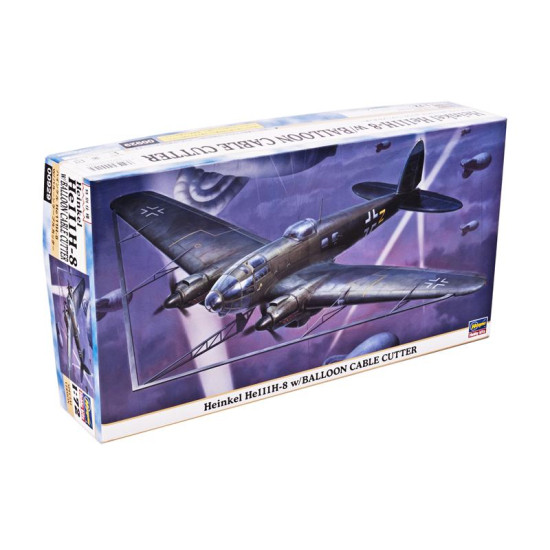
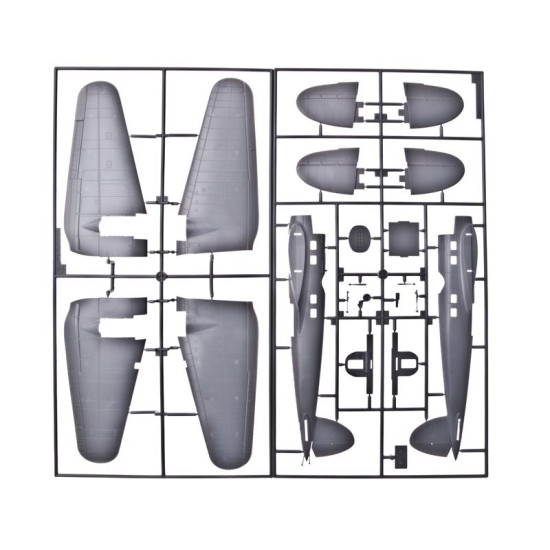
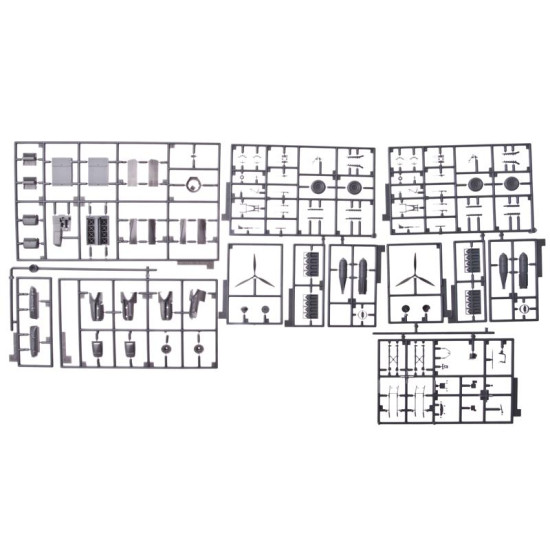
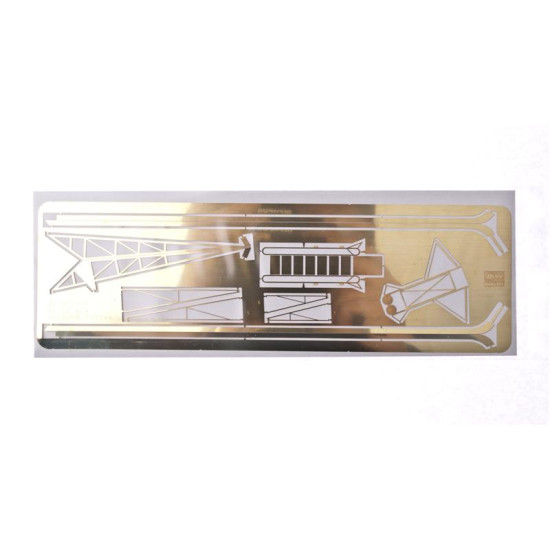
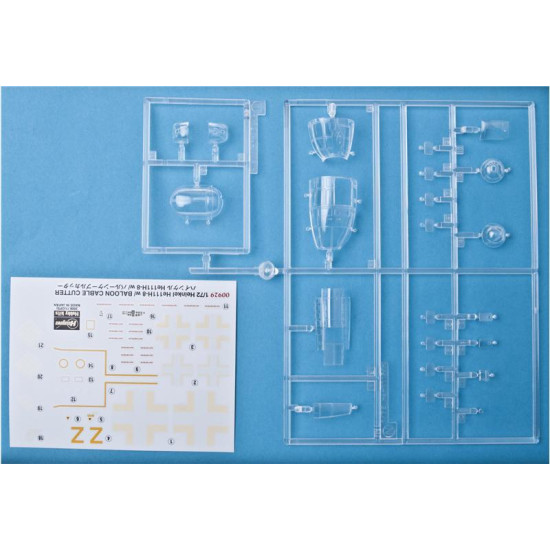





Heinkel 111H-8 w/BALLOON CABLE
1/72 Aircrafts, Planes
Hasegawa 00929
Manufacturer: Hasegawa
Scale: 1/72
Material: Plastic
Paint: Unpainted, Unassembled, Kit do not contain paints and glue.
Condition: New in Box
The Heinkel He 111 was a German aircraft designed by Siegfried and Walter Günter in the early 1930s in violation of the Treaty of Versailles. Often described as a "wolf in sheep's clothing"it masqueraded as atransport aircraft, though its actual purpose was to provide the Luftwaffewith a fast medium bomber.
Perhaps the best-recognised German bomber due to the distinctive, extensively glazed, bullet-shaped "greenhouse" nose of later versions, the Heinkel was the most numerous and the primary Luftwaffe bomber during the early stages of World War II. It fared well until the Battle of Britain, when its weak defensive armament, relatively low speed, and poor manoeuvrability were exposed.Nevertheless, it proved capable of sustaining heavy damage and remaining airborne. As the war progressed, the He 111 was used in a variety of roles on every front in the European Theatre. It was used as a strategic bomber during the Battle of Britain, a torpedo bomber during the Battle of the Atlantic, and a medium bomber and a transport aircraft on the Western, Eastern,Mediterranean, Middle Eastern, and North African Fronts.Although constantly upgraded, the Heinkel He 111 became obsolete during the latter part of the war. It was intended to be replaced by the Luftwaffe's Bomber B project, but the delays and eventual cancellation of the project forced the Luftwaffe to continue using the He 111 until the end of the war. Manufacture ceased in 1944, at which point, piston-engine bomber production was largely halted in favour of fighter aircraft. With the German bomber force defunct, the He 111 was used for transport and logistics.The design of the Heinkel endured after the war in the CASA 2.111. The Spanish received a batch of He 111H-16s in 1943 along with an agreement to licence-build Spanish versions. Its airframe was produced in Spain under license by Construcciones Aeronáuticas SA. The design differed significantly in powerplant only. The Heinkel's descendant continued in service until 1973.In the early 1930s Ernst Heinkel decided to build the world's fastest passenger aircraft, a goal met with scepticism by Germany's aircraft industry and political leadership. Heinkel entrusted development to Siegfried and Walter Günter, both fairly new to the company and untested. In June 1933 Albert Kesselring visited Heinkel's offices.The He 111 was a twin-engine version of the Blitz, preserving the elliptical inverted gull wing, small rounded control surfaces and BMW engines, so that the new design was often called the Doppel-Blitz ("Double Blitz"). When the Dornier Do 17displaced the He 70, Heinkel needed a twin-engine design to match its competitors.Heinkel spent 200,000 hours developing it.In the mid-1930s, Dornier Flugzeugwerke and Junkers competed with Heinkel for Ministry of Aviation contracts. The main competitor to the Heinkel was the Junkers Ju 86. In 1935, comparison trials were undertaken with the He 111. At this point, the Heinkel was equipped with two BMW VI engines while Ju 86A was equipped with two Jumo 205Cs, both of which had 492 kW (660 hp). The He 111 had a slightly heavier takeoff weight of 8,220 kg (18,120 lb) compared to the Ju 86's 8,000 kg (17,640 lb) and the maximum speed of both aircraft was 311 km/h (193 mph).
| Heinkel He 111 | |
|---|---|
 |
|
| A Heinkel He 111H of Kampfgeschwader 53 | |
| Role | Medium bomber/transport |
| Manufacturer | Heinkel Flugzeugwerke |
| Designer | Siegfried and Walter Günter |
| First flight | 24 February 1935 |
| Introduction | 1935 |
| Retired | 1945 (Luftwaffe) |
| General Product Info | |
| Scale | 1/72 |
We have the lowest worldwide shipping. And it's totally simple.
EUROPE, USA, CANADA TURKEY, ISRAEL, EGYPT, UE CHINA, JAPAN, HK, S.KOREA | AU NZ MX South America, Asia | |
| Order weight up to 0.22kg or 0.48lb | US$ 8.90 | US$ 8.90 |
| Order weight up to 0.44kg or 0.97lb | US$ 13.95 | US$ 17.90 |
| Order weight over 0.44kg or 0.97lb | US$ 19.99 | US$ 29.99 |
| Order total over $150 | FREE | US$ 29.99 |
Shipping to some countries not qualifies for the free shipping option but costs not over $29.99 for any sized order. Sorry for that, your location is too far.
- Stock: Out Of Stock
- Model: HA00929
- DATE ADDED: 08/04/2014
